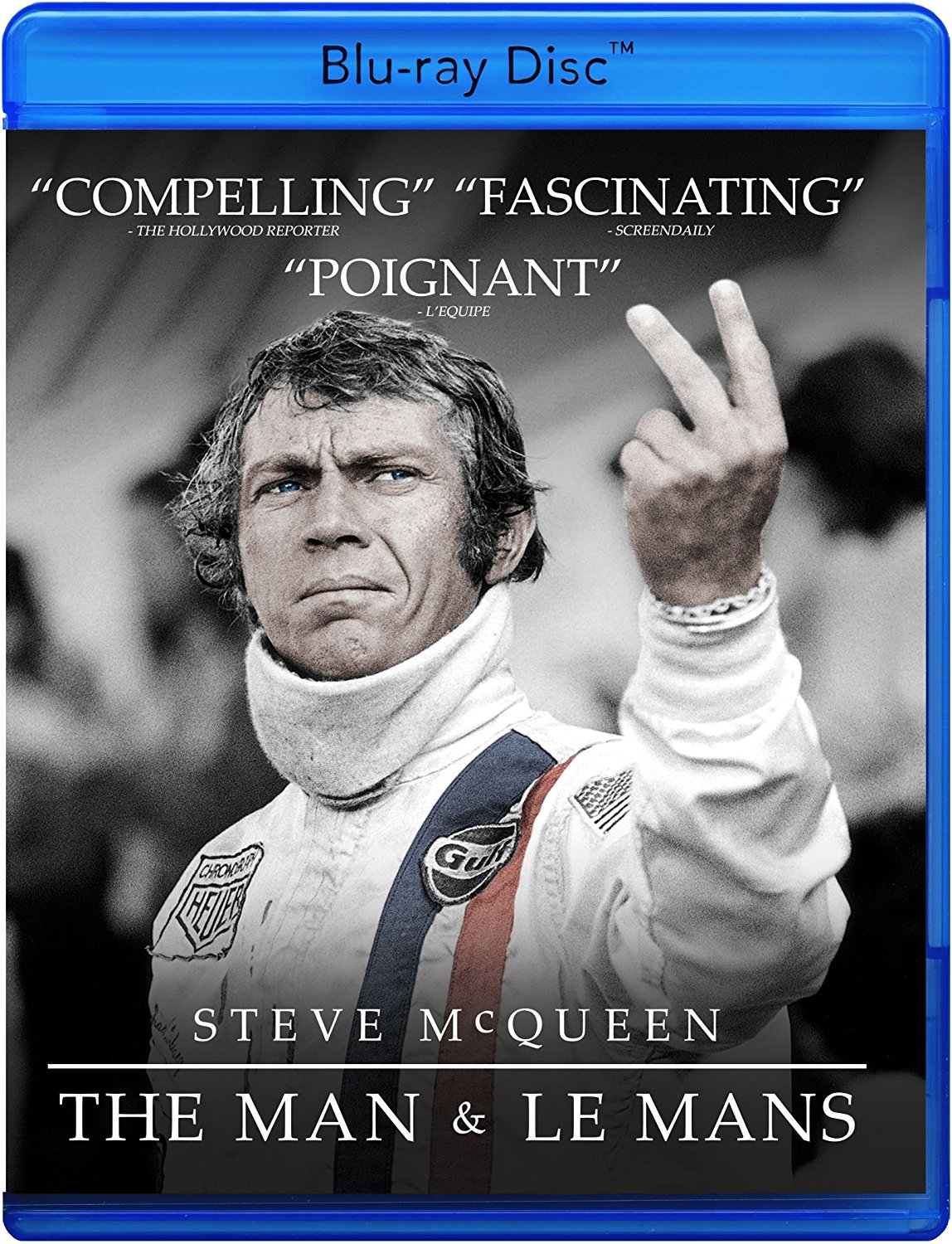STEVE McQUEEN: The Man & Le Mans
 |
| Steve McQueen |
For those who grew up in the heady days of the Le Mans 24 Hours and sports car racing in the 1960s and 1970s, the blue and orange colors of Gulf were an icon which has survived to the present day.
2017 is the 50th anniversary of the oil company’s entry into motor racing at the 1967 Le Mans, and at least two cars will be carrying the livery in this year’s 85th edition of the French classic, writes Mark Cole.
That icon was to become legend in 1970 when Steve McQueen chose a Gulf Porsche 917 as his ride in the movie Le Mans, made during the summer months following that year’s race – interminable months, as it transpired.
The King of Cool, then 40 and the world’s most bankable movie star, indulged his passion for motorsports by assembling a cast of stars and cars, hiring John Sturges as director and pouring millions of dollars into what both saw as a natural follow-up to The Great Escape and Bullit.
The only thing he lacked was a script, and a fascinating new British documentary Steve McQueen: The Man and Le Mans, chronicles those chaotic days as McQueen managed to antagonize not only his crews and actors in this vanity project,, but Hollywood too.
Away from the silver screen, McQueen – like Paul Newman and James Garner – raced cars and motorcycles, finishing 2nd in the 1970 Twelve Hours of Sebring at the wheel of his own Porsche.
But when it came to competing at Le Mans, his insurers refused to cover him, and he could only look on from the pit wall as the June 1970 race ran its course, albeit with Solar Productions camera cars recording footage which would be woven into the movie.
A dozen race cars were hired to recreate the race, and Solar rented the circuit for the summer.
What then happened was well-documented in Michael Keyser’s 1999 book of the making of the movie: A French Kiss with Death, but this film, written by Gabriel Clarke and directed by him and John McKenna, gets even deeper under the skin of the drug-taking and womanizing of McQueen while in France, peppered with clips from the film, unseen footage and interviews from those who were there.
Foremost among these are Steve’s son Chad McQueen, who inherited his father’s passion for the sport, and his actress wife Neile Adams, who had to turn a blind eye of what was going on while she was at home in the States; she in particular pulls no punches 47 years later.
Also playing a starring role is British driver David Piper, who lost a leg during a staged crash, but received no compensation; he never complained, but one of the highlights of the film is when he is shown a note to the financial backers, handwritten by McQueen, asking for the proceeds of the premiere to be turned over to ‘The Pirate’.
“I have never seen this before, and it didn’t happened," said an emotional Piper. “But it means a lot that Steve was thinking of me."
Derek Bell, too, was on the injury list with facial burns when his Ferrari 512 burst into flames during filming.
During that French summer, directors came and went – Sturges walked away only a couple of months in, despite his long friendship with McQueen – and as the money started to run out, Hollywood’s demands for not only a script, but a wrap, grew more and more strident.
CBS film arm Cinema Centre took control of the editing, with 450,000 feet of film to be cut, even after ditching all Sturges’s work. But McQueen was excluded from the cutting room.
Lee Katzin, Bob Rosen and Ferrari driver Mike Parkes spent six months in Los Angeles turning Le Mans into a story.
It was never a box office hit, but Le Mans remains to this day one of the most realistic movie portrayals of the sport seen, and has become a cult classic which still draws fans almost a half-century on.
This documentary, about one man’s dream becoming an obsession that nearly destroyed him but eventually came good, is a great tribute to those heady days of 1970, and a must for all motorsport enthusiasts. Steve McQueen –
The Man and Le Mans is now available on DVD and by digital download.
